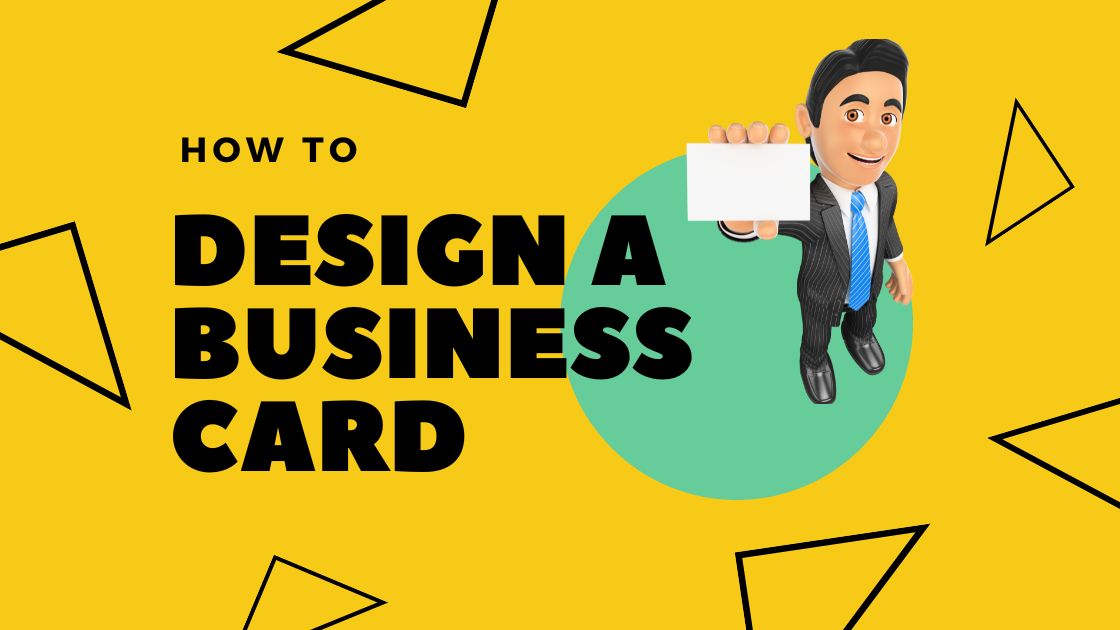Design a business card is a critical aspect of creating a professional and memorable impression for your brand or personal identity. A well-designed business card serves as a powerful tool for networking, marketing, and leaving a lasting impact on potential clients or contacts. In this guide, we will explore the essential steps and considerations involved in designing an effective business card that reflects your brand identity, communicates key information clearly, and stands out from the crowd. Whether you’re designing your first business card or looking to refresh your existing design, this guide will provide you with valuable insights and practical tips to help you create a business card that makes a memorable statement.
Contents
- 1 How to Design a Business Card
- 1.1 Opt for the Right Dimensions:
- 1.2 Incorporate Brand Colors:
- 1.3 Showcase Your Logo:
- 1.4 Provide Comprehensive Contact Information:
- 1.5 Opt for Quality Materials:
- 1.6 Incorporate a Call to Action:
- 1.7 Embrace Simplicity:
- 1.8 Ensure High-Quality Printing:
- 1.9 Proofread Thoroughly:
- 1.10 Integrate a QR Code:
- 1.11 Prioritize Legible Fonts:
- 1.12 Personalize with a Headshot:
- 1.13 Opt for Eco-Friendly Materials:
- 2 Conclusion
- 3 Related Post
How to Design a Business Card
Opt for the Right Dimensions:
Selecting the appropriate size for your business card is crucial. While the standard size is 3.5” x 2”, consider variations to accommodate additional information or online profiles.
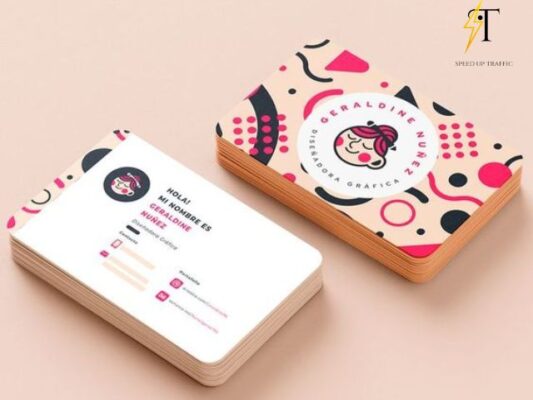
Incorporate Brand Colors:
Utilize your brand’s color scheme to enhance brand recognition and spread awareness. Regularly update your card to reflect any significant brand changes.
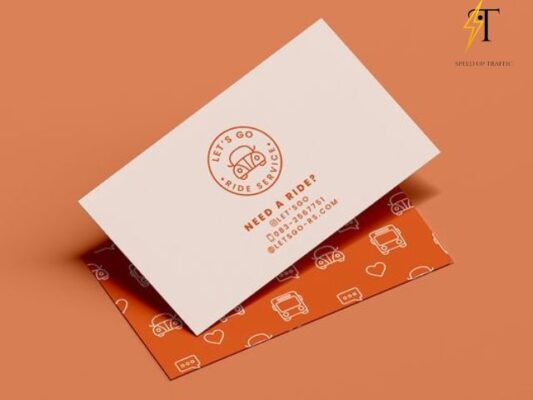
Showcase Your Logo:
Including your company’s logo reinforces brand identity and boosts brand recall. Strategically place it on the card to maintain visibility without overshadowing essential information.
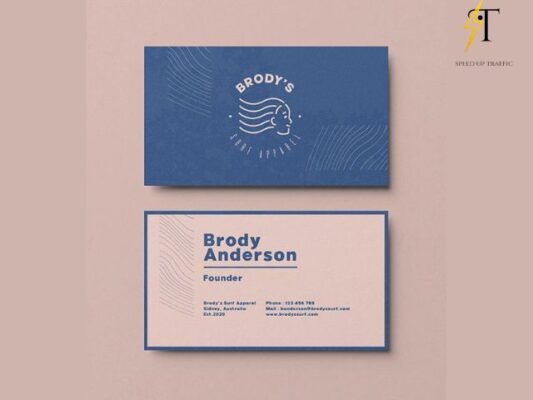
Provide Comprehensive Contact Information:
Ensure your business card includes all relevant contact details, such as name, number, email, website, and social media handles. For local businesses, consider adding a physical address.
Opt for Quality Materials:
Invest in premium cardstock to convey professionalism and durability. Explore options like metallic or raised ink for added uniqueness and tactile appeal.
Incorporate a Call to Action:
Encourage recipients to take action by including a clear call to action, such as “Call us today” or “Visit our website for more information.”
Embrace Simplicity:
While it’s tempting to use elaborate designs, prioritize simplicity to ensure clarity and effectiveness. Focus on essential information and avoid overcrowding the card with unnecessary elements.
Ensure High-Quality Printing:
Choose between DIY printing or professional printing services. Opt for reputable printing companies to guarantee quality results and access to a variety of design options.

Proofread Thoroughly:
Before printing, meticulously proofread your card to eliminate typos and inaccuracies. Verify that all information is current and accurately represents your brand.
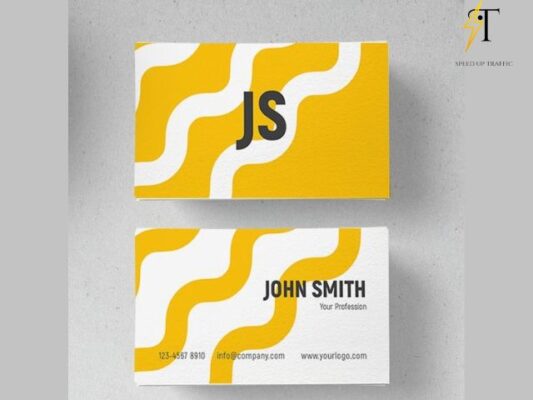
Integrate a QR Code:
Enhance accessibility by including a vCard QR code linked to your contact details or website. Consider using it for promotional purposes, such as offering discounts.
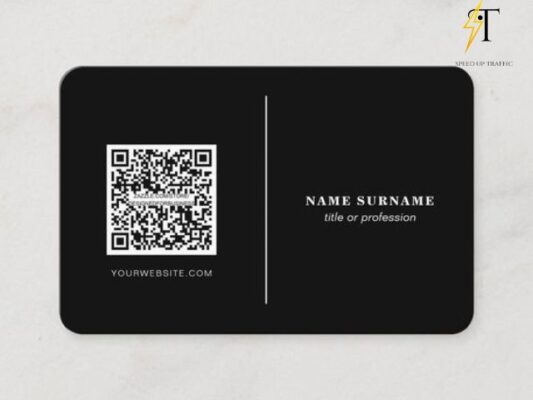
Prioritize Legible Fonts:
Select easily readable fonts like Arial or Helvetica to ensure clarity and professionalism. Consistency with your brand’s typeface is also recommended.
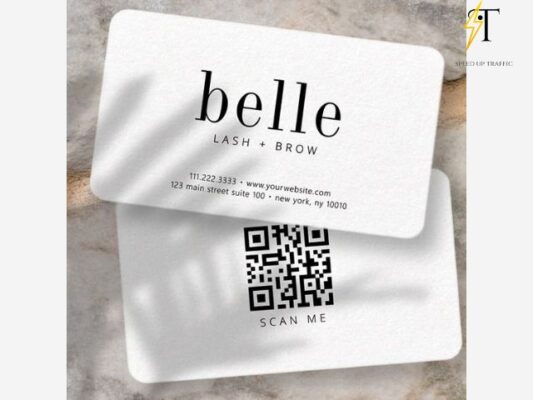
Personalize with a Headshot:
Add a personal touch to your card by incorporating a professional headshot. This helps prospects recognize you and adds a memorable element to your brand.
Opt for Eco-Friendly Materials:
Demonstrate your commitment to sustainability by choosing eco-friendly materials like bamboo and vegetable-based ink. This aligns with your brand’s values and appeals to environmentally conscious customers.
Conclusion
In conclusion, designing an effective business card is essential for making a lasting impression on potential clients and partners. By following the guidelines outlined above, you can create a business card that not only reflects your brand identity but also serves as a powerful marketing tool. From choosing the right size and color scheme to incorporating comprehensive contact information and utilizing high-quality materials, every aspect of your business card contributes to its overall impact. Remember to keep the design simple yet memorable, prioritize legibility and professionalism, and consider integrating personal touches like a headshot or QR code. Additionally, embracing eco-friendly materials can showcase your commitment to sustainability and resonate with environmentally conscious customers. Ultimately, a well-designed business card is a reflection of your brand’s values, professionalism, and dedication to excellence.
Related Post
Design a Logo: A Beginner’s Guide
Creative 21+ Fonts for Wedding Invitations Quality
Best 21+ Elegant Handwriting Fonts

